NESsT was in San Francisco attending the Social Capital Markets conference series alongside peers in the sector discussing how to channel more investment capital and business mentoring services to entrepreneurs working to achieve gender equity and the economic empowerment of indigenous communities.
Panelists Nicole Etchart, Co-CEO of NESsT, Katie Naeve of Root Capital, Jessica Villanueva of MEDA, and Yasmina Zaidman of Acumen came together to open this conversation at SOCAP. The business case for bringing a gender lens to investing has been established. Entrepreneurs and investors understand that empowering women and ensuring gender equity leads to improved business performance. However, putting this into practice can be challenging and costly for entrepreneurs.
Should the impact investing sector pioneer these practices into mainstream investing? Well, gender inclusion means different things to different people. It's important to define what we mean when using the terms "gender lens, gender equity, and gender inclusion" to make sure that everyone is aligned so that we move far in a few areas as opposed to moving slightly across many.
The key takeaways from the conversation:
The Role of Data: The business case for building gender equitable businesses has been established with data, but it’s being ignored.
Data does not automatically solve problems. Entrepreneur Support Organizations (ESOs) must meet entrepreneurs where they are at to improve their gender inclusion. Providing them with tools, guidance, expertise are all resources-oriented approaches that will motivate them rather than using the carrot or stick approach.
Finding the fastest way to level the playing field: While working with our respective portfolios, each organization realized the opportunity that exists in optimizing the way that companies engage women at different parts of the business model. For example, Root Capital, in its Women in Agriculture initiative, proceeded to validate with external and internal evaluation work that agribusinesses have a unique ability to strengthen the economic opportunity for women in agriculture and as a result to “level the playing field” for women.
Why is the data ignored? Perceived risk is a challenge that can override facts. Not starting, wherever you are at, limits the potential growth of business and social impact. There are enough players in the sector now that provide evidence-based tools to accelerate this work. NESsT began by tracking impact through its Portfolio Management Tool. We learned that 70% of people we impact are women. As the sector grew, we transitioned from supporting startups to supporting enterprises that are a bit farther along; with a proven product or service, existing sales, and that were focused on the creation of jobs and income. As we delved deeper, we decided to start measuring the quality of these jobs, which led us to start surveying the people that work with or supply to our portfolio companies. Now we conduct this survey annually. When we launched our Loan Fund last year, we also decided to add a gender lens into our investments.
It’s important to aggregate resources. Acumen formed a coalition called G Search, as a platform to measure, learn, and evaluate gender inclusion best practices. It prioritizes working with the investment teams in the pioneer/early-stage investments and commercial investments to help the team to understand this and to analyze its portfolio to see what are some of the strengths and weaknesses. Some metrics that they are measuring include the percentage of women in management and the percentage of orgs that have sexual harassment policies. This helps to shift the focus towards innovative companies that blend finance/social objectives on behalf of the poor.
For change to happen, we must activate the catalysts within each community. This means everyone starting where they are at. MEDA’s Risk-capital fund invest in developing the technical expertise and know-how around gender and social inclusion. The opportunities available to women are shifting rapidly in many countries and regions (i.e. regulations are more favorable for women, gender roles are more flexible, gender mainstreaming in investments). Therefore, gender exclusion is seen as a risk in business. We have a responsibility to be more intentional in our investments and recognize how gender inclusion creates the comprehensive approach that is needed given the urgency of these issues.
Fund Managers as catalysts. MEDA has a focus on training fund managers to asses the business and how they are including gender into understanding the potential success of the company. This process is not so straightforward and it once took two years to convince one of the companies MEDA was supporting to integrate a gender lens.
How to screen businesses and identify the appropriate way to work with them? Some organizations will not work with businesses that are bad actors. For many of the businesses in our portfolio, not having R&D, working capital, and other patient forms of investment in their company would be devastating. It’s our responsibility to meet them where they are at. The same goes for gender inclusion. It's better to work with enterprises to help them acquire this lens and begin to respond to gender dynamics , rather than to exclude them altogether. By demonstrating the business case for gender inclusion, they are more likely to adopt these practices.

